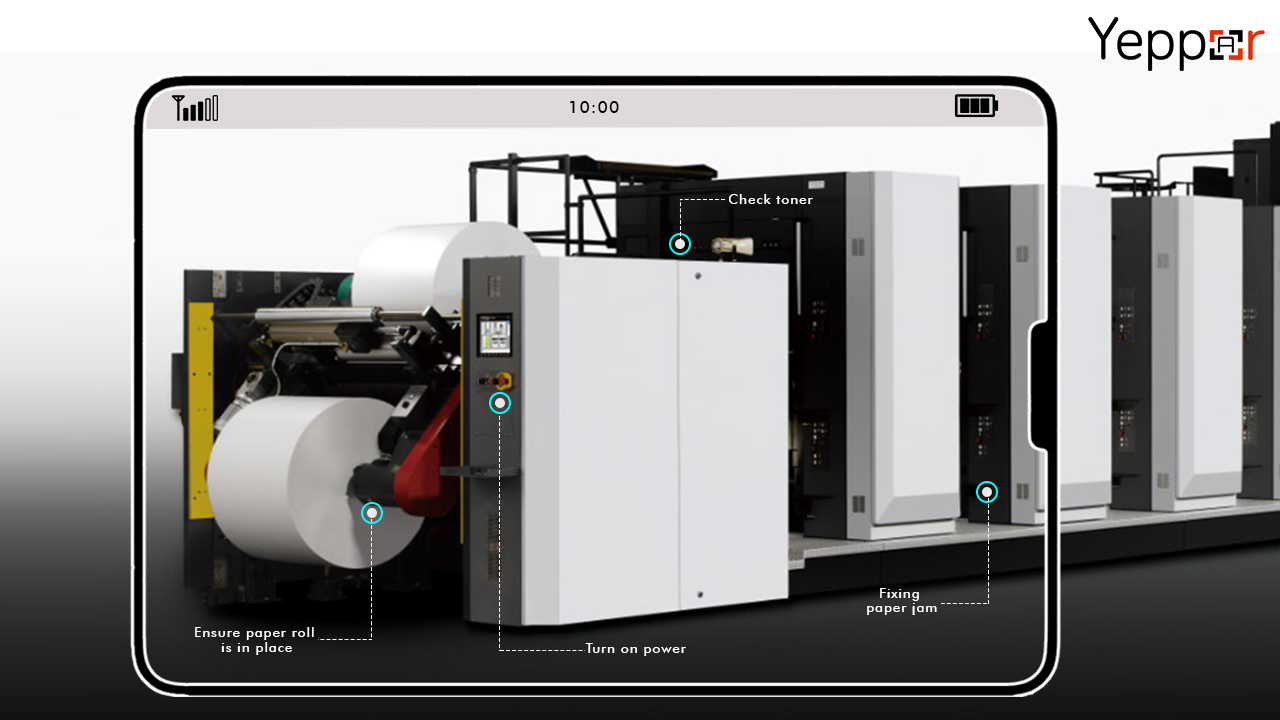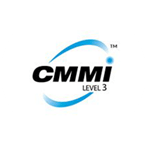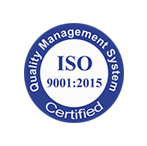The manufacturing industry holds a very complicated structure when it comes to industrial training and professional development. The average tenure of a new employee in the manufacturing industry is five years.

Manufacturing companies end up in a production crisis in their run after high turnover rates. Lack of effective and consistent workforce training results in a subsequent skills gap. Augmented reality is a valuable technology that would enforce industrial training in the manufacturing sector. Implementation of AR training strategies could result in overall productivity and skill enhancement in the industry.
Let us explore what makes Augmented Reality training an apt option for manufacturing industrial training.
Bridge Out the Skills Gap
Conventional training methods in the manufacturing sector highly relies on physical material like manuals, instructional videos, and shadowing of employees. On a hand, these traditional styles of training hold a holistic approach, but it slows down the time production and cuts down quality. Errors made in physical training or inarticulated training manuals could result in time delays, mistakes while production, and even risk of injury.
The factor of interactivity in training is essential to increase the employee’s learning strength, which lacks in the traditional training methods, and that’s how AR comes to make a change of scene.
Companies can deliver an independent and interactive visual experience to their employees with AR-powered training. Augmented reality superimposes digital training elements on the real-time view of machinery at the workplace to deliver valuable information and instructions for the trainees to perform each step of every procedure perfectly. AR lets trainees interact with the environment, and alerts them of warnings and wrong moves, and also allows identifying various elements of integrated machinery.
Minimize Errors in Production
Augmented reality training is an evident adaptation that could prevent errors at production plants. Powering the workforce with AR training for equipment and quality checks would takeout the need for guidance manuals and supervising engineers, for a quick assessment and solving of issues in comparatively less time.
Above than just quality and equipment errors, augmented reality secures your employees by preventing injuries at the workplace. As manufacturing involves heavy pieces of machinery, it is essential to train employees to be safe and efficient while in a potentially hazardous work environment. For instance, employees could study a piece of machinery and learn how it is used before they get into interaction with the equipment would minimize possible mistakes, take off chances of slow production, and also could decrease injuries in the work environment.
Maintenance of Machinery
Like the use of AR in quality checks, the tech can be leveraged to train your employees for on-time and effective maintenance of manufacturing machinery. In case of an engine failure of a machine, AR could alert the team to times of operations and failure points, guiding them to assess and safely perform procedures to shut down the machinery. Then the module would give instructions to the employee for unassembling the failed piece of machinery, to replace and restart the machine.
With AR training, the frontline employee could execute the need for a repair manual to get real-time instructions on their device. It helps in saving time and cost by a huge margin and reduces risks on-ground.
Improving Production Quality
AR, able to support on-time maintenance would subsequently result in a reduced production downtime to increase production. And what is the use of maximizing production if the desired quality standards are not met?
Manufacturing companies can leverage AR training to assess the quality of production. Implementing AR training in manufacturing facilities could enhance the skills of the workforce and save time to level up quality production alongside productivity.
On-Time Assembly
Considering all the points mentioned above, one could understand how AR training could benefit a manufacturing company’s workforce and its production lines to fasten up their procedures. Along with smartphones and tablets, AR glasses also use the technology to overlay digital elements on the real-world with no need of a hand on it.
It allows frontline technicians and engineers to have easy access to renderings of the machinery’s inner sections like cables, bolts, and part numbers along with instructions regarding the assembly of the product or any particular part.
Endnote
Augmented Reality holds a lot of potential for enterprises from which AR training is just a minor yet crucial part. Manufacturing companies could adopt AR training to rocket up their potentials beyond the possibility by enhancing workforce skills and productivity.
With immersive technology getting more accessible to the world, entrepreneurs are powering up their businesses with highly engaging solutions to increase productivity and to boost sales. AR training has been influencing the manufacturing industries with solutions like AR training, AR remote assistance, and troubleshooting, and whatnot.
Get in touch with our sales team to know more!












